This is the first of four in a series of companion articles and recorded zoom sessions. It is part of our Preparing for Caring Project to build awareness and educate about the importance of handling skills in caring for a baby. Read more about how these ideas play out in practical suggestions.
We have built our work at Babies Project around the progressive states of safety, orientation, comfort, bonding and curiosity. While it is similar to Maslow’s “hierarchy of needs”, this layering of ideas comes out of a Body-Mind Centering® approach to developmental movement.*
Our experience of each of these states (safety, orientation, comfort, bonding and curiosity) builds on and becomes a foundation for the next state, in a progression that is cyclical and iterative. Each time we find our way to curiosity, it can lead us to a situation (an ‘edge’) where we need to start again at finding a sense of safety. This is a generative process that brings us into wider and wider spheres of exploration and experience.
The starting place is safety – we mean the subjective quality of the experience of safety. Rather than what might be the ‘reality of the situation’, we look at what a baby’s (or adult’s) personal experience of safety is. A person’s experience is real and valid, even though it might not be comprehensible to us.
Whether we’re working with infants, toddlers, teens or adults, this invites us to consider their experience, and to acknowledge the many different factors that contribute to someone’s feeling of safety. With infants, things that might seem like minor events to a caregiver can be an enormous experience of disruption or disorientation – considering that they’ve had only a few months of experience with gravity and space, and limited control over their movement experiences.
Safety and orientation are closely related, and a sense of orientation can also be a foundation for experiences of safety. Supporting orientation means helping someone know where they are in gravity and space, helping someone understand what has just happened and what might happen, and giving someone the space and time to anticipate what happens next. All of this helps a person orient to themselves.
A sense of comfort comes from one’s experience of safety and orientation. By comfort we mean what arises when someone feels secure enough to rest, to recuperate, and to feel their self and their current state clearly. We don’t mean complacency – we believe that what gets called complacency (or laziness, or a lack of curiosity) is an adaptive strategy in response to a lack of safety.
Bonding is the state of being in relationship with something other that allows one to receive support. ‘Other’ could be gravity and the environment, a parent or other caregiver, peer groups, institutions, history and culture. Bonding begins with the physical experience of being held, touched, and seen with respect and affection. The physical foundation of bonding is entwined with the psycho-emotional support of receiving someone’s love and attention, and grows into the mutuality of friendships and participation in society.
With the experience of safety, orientation, comfort, and bonding, a baby (of any age) can find their way to curiosity. As we define it, curiosity is not the problem solving that creates survival strategies that are functional in the moment but don’t serve in the future (because they aren’t built on the support of safety and comfort). Instead, we think curiosity is a willingness to explore, to try and fail and try again, to start a process without knowing what will happen, to experiment and research and learn.
We are a baby’s environment, and the ways that we touch, handle and move them have a profound experience on how they experience movement, learn to navigate the world, build relationships and, ultimately, learn to learn. The more we value a base of safety, orientation and comfort, the more easily we’ll find bonding relationships that support curiosity, exploration and resilient relationships to self, the environment and others.
These ideas are central to our work, and we hope you find them interesting and thought provoking – and maybe validating of your own beliefs and experiences. Please share this with your friends and colleagues, and let us know what you think.
* In BMC® the list of states is usually offered as ‘survival, comfort, bonding and curiosity’. Body-Mind Centering® is a somatic approach developed by Bonnie Bainbridge Cohen. As Infant Developmental Movement Educators, we are certified by The School for Body-Mind Centering®.
* * *


Beautifully said – thank you!